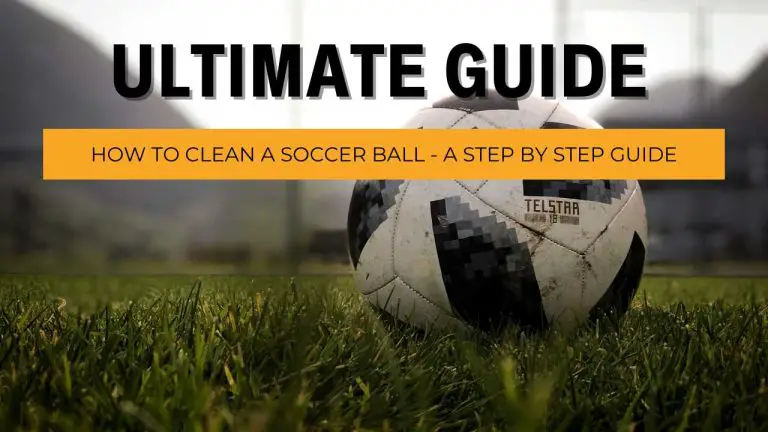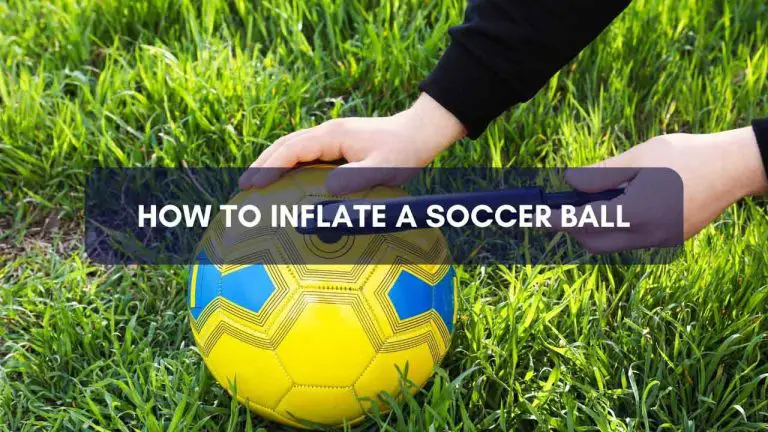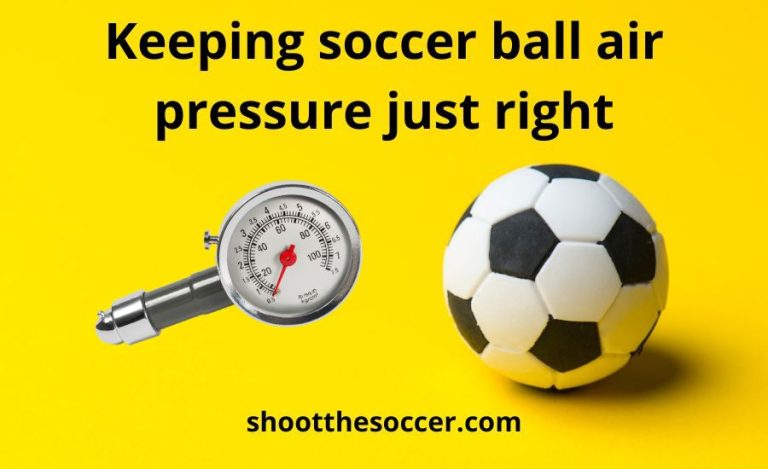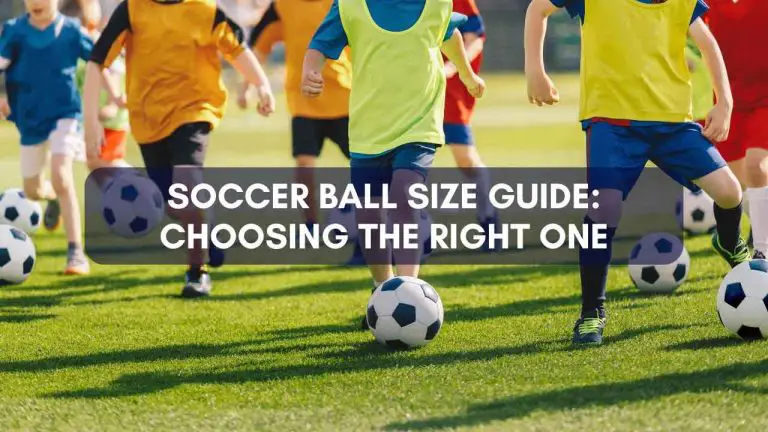Why Does My Soccer Ball Keep Deflating
Are you frustrated with constantly having to re-inflate your soccer ball before each game? It’s not uncommon for soccer balls to lose air, but if this has become a recurring issue for you, there may be a few reasons. So why does my soccer ball keep deflating? Let’s explore!
One possibility could be a puncture or a small tear in the ball’s material. Another reason could be a faulty valve stem, which can allow air to escape over time. No matter the cause, it’s important to address the issue to ensure your ball stays properly inflated and doesn’t affect your game. So, why does your soccer ball keep deflating? It may require some troubleshooting or even a trip to the store for a new ball.
Why Does My Soccer Ball Keep Deflating? Let’s Discuss the Reasons
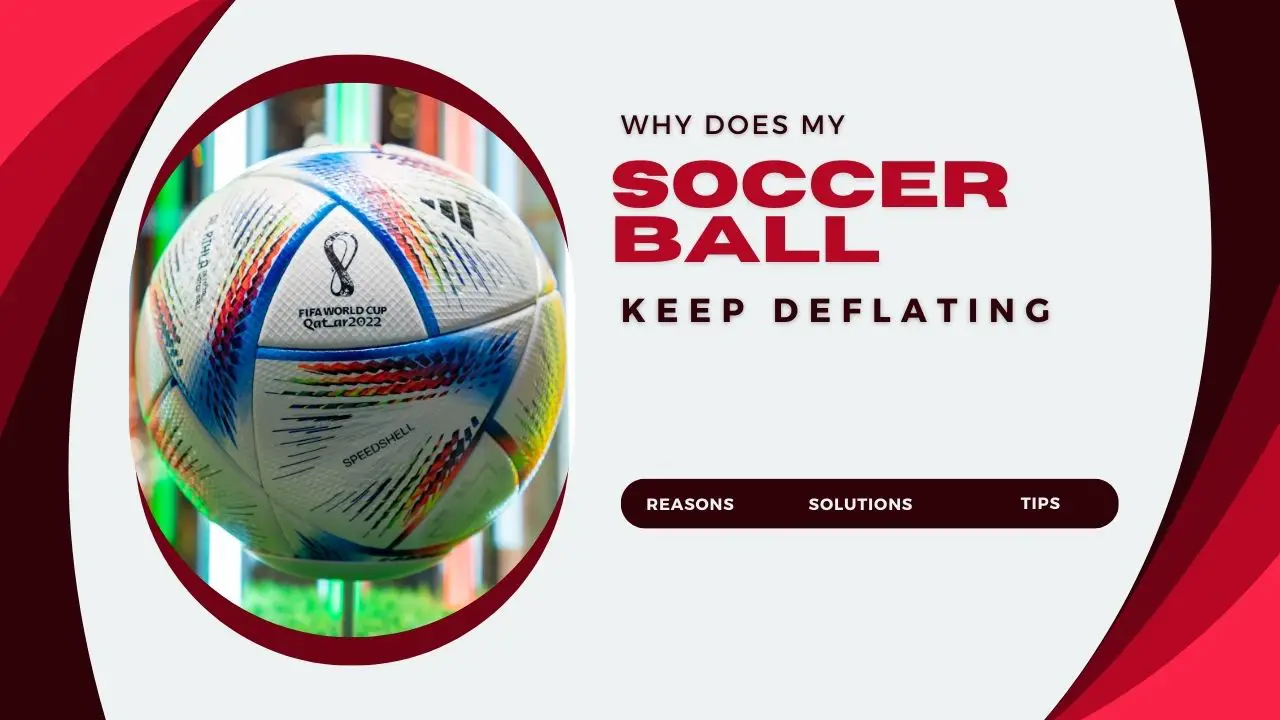
Temperature Changes
One of the most common causes of a deflated soccer ball is temperature change. When the ball is exposed to high temperatures, the air inside expands and causes the ball to become overinflated. This overinflation leads to an expansion of the ball’s seams, which can cause it to leak air, resulting in deflation. On the other hand, when the ball gets cold, the air inside contracts, causing a reduction in pressure and eventually leading to deflation. To reduce the chances of this happening, always store your soccer ball in a cool and dry place.
Poor Quality
The quality of a soccer ball can also contribute to its deflation. Low-quality materials, poor craftsmanship, and inadequate sealing around the valves can cause air to escape from the ball. This issue can be fixed by purchasing a high-quality soccer ball and taking good care of it. Be sure to inspect your ball before every use for any visible defects or damage.
Overinflation
Another common cause of deflated soccer balls is overinflation. Many people mistakenly believe that the harder a soccer ball is inflated, the better it will perform. However, overinflation can cause stress on the ball’s seams, leading to eventual deflation. It’s important to know the recommended inflation level for your specific ball and use a reliable pump to inflate it correctly.
Wear and Tear
Lastly, wear and tear is also a leading cause of soccer ball deflation. As the ball experiences more use, the seams and valves can become loose, causing air to escape. Rough surfaces, such as concrete or gravel, can also cause punctures or tears, leading to deflation. It’s important to use your soccer ball on a suitable playing surface and inspect it for wear and tear regularly.
How to Fix a Deflated Soccer Ball?
If you’re wondering how to fix a deflated soccer ball, there are a few things you can do. One option is to replace the valve, which is the small part of the ball that allows air to be pumped into it. Another option is to use a repair kit, which usually includes patches that can be used to fix small holes or tears in the ball. No matter which option you choose, it’s important to remember that a little bit of maintenance can go a long way in keeping your soccer ball in good condition.
How to Detect a Deflated Soccer Ball?
Look no further than visually and physically inspecting the ball itself. A visual inspection means checking for any abnormalities on the ball’s surface, such as wrinkles or visible seams. Additionally, a physical inspection requires applying pressure to the ball. If the ball is too soft or squishy, there’s a high probability that it’s too deflated.
Therefore, it’s essential to inspect both visually and physically to ensure that your ball is in top condition and ready for the game. With these tips in mind, you’ll be back to scoring goals and feeling comfortable in no time.
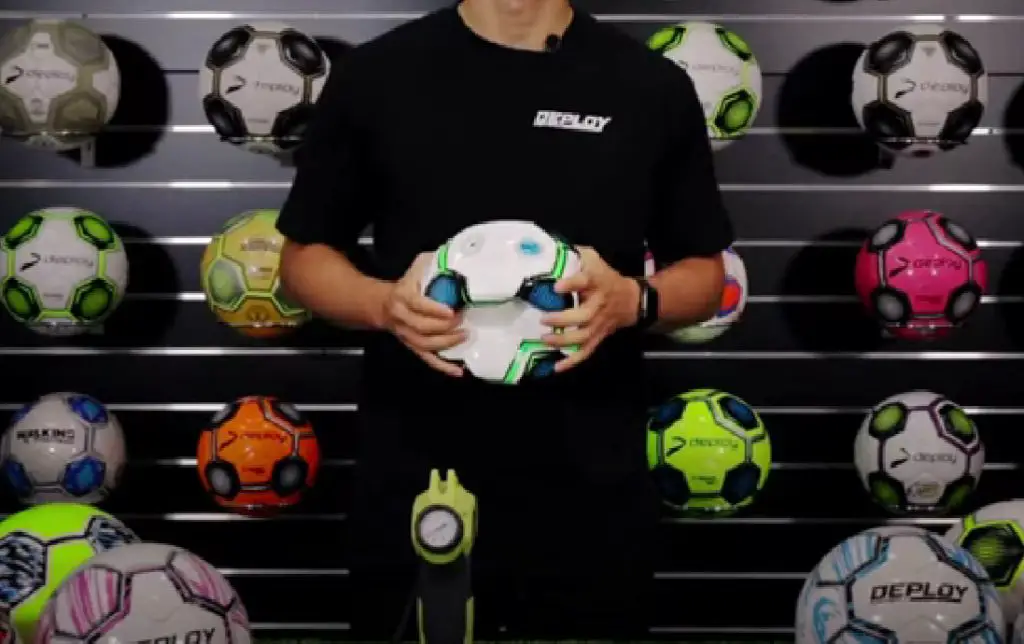
Preventing Soccer Ball Deflation
Preventing ball deflation can be achieved through proper inflation, storage, maintenance, and care. Ensuring your ball is inflated to the correct pressure can extend its lifespan, while storing it in a cool, dry place and avoiding extreme temperatures can prevent damage. Finally, regular cleaning and adequate care can help to maintain the ball’s optimal condition. By paying attention to these small yet important details, you can enjoy a game that is both fun and effective.
Tips to Prevent Air Loss in Your Soccer Ball
- Invest in a high-quality ball: Opt for a soccer ball that is known for its durability and airtight construction. A well-made ball will have better resistance to air loss.
- Regularly check the ball’s pressure: Make it a habit to check your soccer ball’s pressure before every game or practice session. Use a reliable pressure gauge to ensure it meets the recommended level.
- Inspect for damage or leaks: Take the time to inspect your ball for any signs of damage, such as cracks, punctures, or worn-out valves. Fix or replace the ball immediately if you notice any issues.
- Store the ball properly: Proper storage is crucial in preventing air loss. Store your soccer ball in a cool, dry place away from direct sunlight and extreme temperatures. Avoid storing it in places with high humidity, like a damp basement.
- Avoid overinflation: Be careful not to overinflate your soccer ball, as excessive pressure can strain the bladder and increase the risk of air leakage. Follow the manufacturer’s recommended pressure range.
- Use a pump with a needle attachment: When inflating your ball, use a pump with a needle attachment specifically designed for soccer balls. This ensures a secure and efficient air transfer into the bladder.
- Keep the ball clean: Regularly clean your soccer ball to remove dirt, debris, and moisture that could lead to damage or air loss. Use a soft cloth or sponge with mild soap and water, and allow the ball to dry completely before storage.
- Avoid rough playing surfaces: Playing on rough or abrasive surfaces can increase the chances of the ball getting punctured or damaged. Whenever possible, choose well-maintained fields or artificial turf pitches for your games or training sessions.
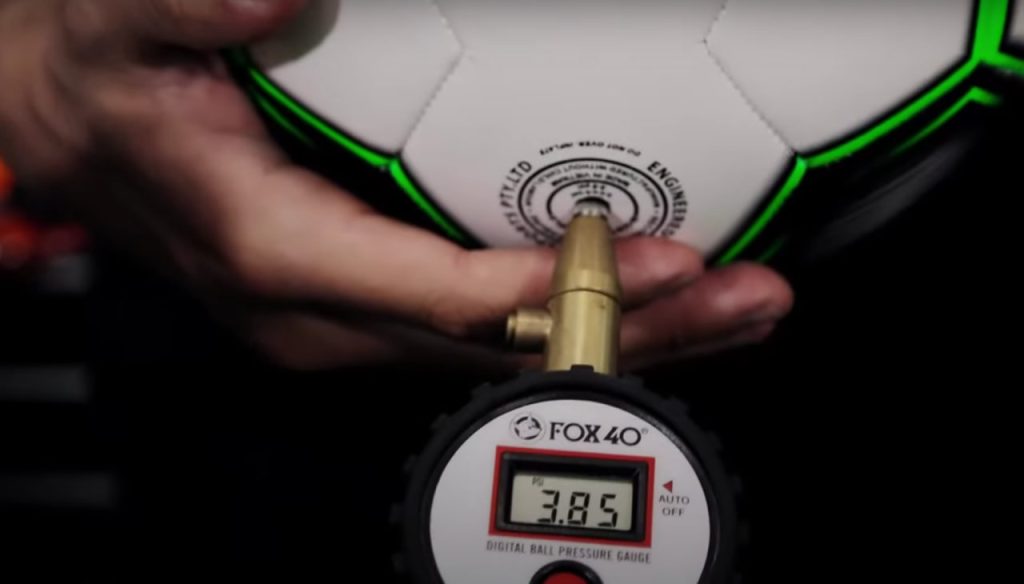
Conclusion:
There are several causes of soccer ball deflation. Temperature changes, poor quality, overinflation, and wear and tear are all common culprits. However, with proper care, storage, and maintenance, you can reduce the chances of deflation and keep your soccer ball inflated properly. Remember to inspect your ball regularly, use it on suitable surfaces, and keep it stored in a cool and dry place. With these tips, you will be sure to have maximum enjoyment from your beloved soccer ball.

Being a soccer enthusiast and the owner of shoothesoccer. My aim is to manage my team and keep this blog up to date so that I can help my readers read the latest and up-to-date content regarding soccer. Me and my team try our best in assisting soccer lovers to get the best soccer products and improve their game to the next level.

